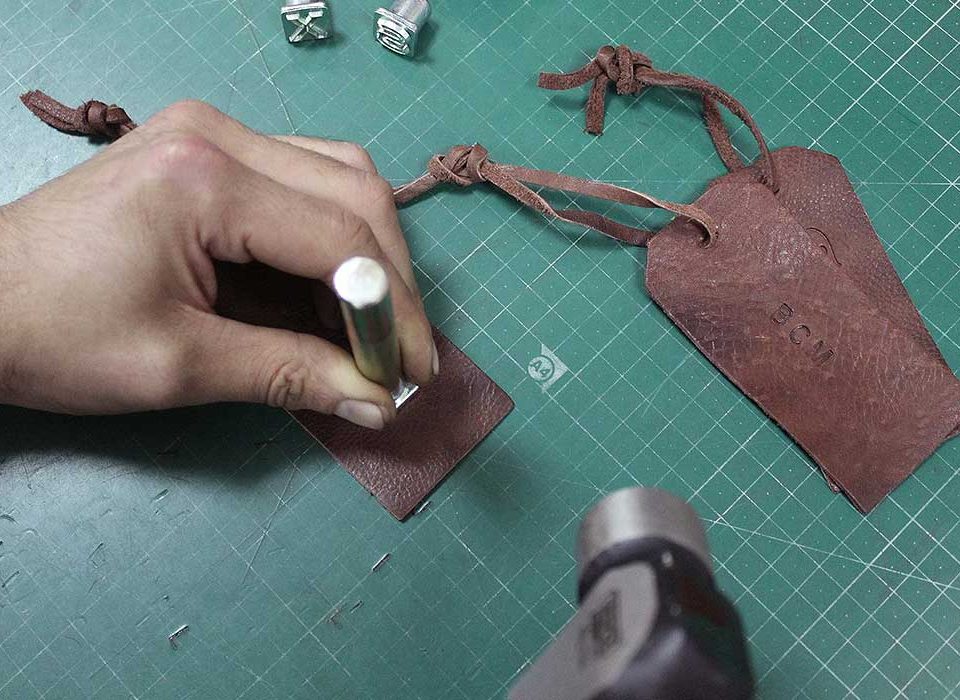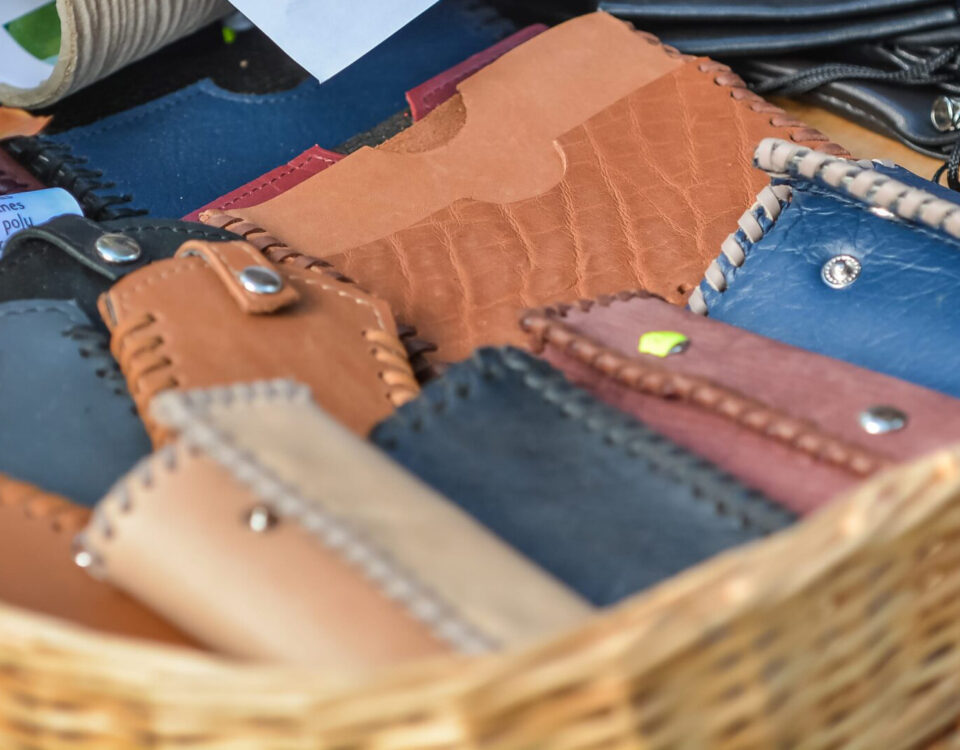India's Leather Industry Aims at Net-Zero Carbon Footprint Within 25 Years:
Future of Indian Leather Industry

Leather Bag Market Forecast 2022

Top Trends in Leathergoods for 2024- New
CSIR-CLRI, a government-funded institute that has been involved in leather research for 75 years, has released a coffee table book of success stories. The book features 75 success stories in the leather industry, as well as a special stamp and envelope. The ministry hopes that the leather sector will become carbon neutral within 25 years. Its ambitious goal will make it possible to manufacture leather with a net-zero carbon footprint.
The Indian leather sector was founded in 1947 and supports the livelihood of over 45 lakh people. By 2021, the leather industry will generate exports worth Rs 40,000 crores. CSIR-CLRI has been working towards the sustainability of the leather industry, aiming to achieve a net-zero carbon footprint within 25 years. In addition to focusing on sustainability, the institute is also aiming for total recyclability of leather-based materials. Finally, it is working on income parity for leather workers.
CSIR's Waterless tanning technology:
A net-zero carbon footprint is a goal for which the industry must be at least as efficient as it is efficient. This can be achieved by reducing emissions to zero or by reabsorbing the remaining greenhouse gases through forests and soil. According to science, the global temperature increase must be limited to 1.5degC. Earth is 1.1degC warmer than the late 1800s. Yet emissions keep rising. Hence, a net-zero carbon footprint will be achievable within 25 years.
Waterless tanning is one such innovation. This technology was developed by CSIR. It is the first of its kind and aims at achieving net-zero emissions within 25 years. The technology has several benefits for consumers and the environment. It does not require a chemical-based tanning solution, which makes it safe for the environment. It also helps prevent skin cancer.
Impact of deforestation on global GHG emissions:
Deforestation is a major contributor to indirect climate change, as it replaces a natural sink of greenhouse gases with new sources. Once forests are cleared, they are replaced with pasture and livestock that emit methane and nitrous oxide. The resulting emissions are even greater when these land uses are paired with livestock and fertilizers. In addition, deforestation is not limited to India. It also affects forests in northern latitudes, which means that developing countries are exposed to the effects of forest degradation.
India's leather industry needs to approach a zero carbon footprint to ensure that it continues to meet global standards for greenhouse gas emissions. A recent UN Study estimated that leather production produces nearly 17 kg of carbon dioxide per square meter. In addition to reducing the carbon footprint of leather-based products, the country plans to provide attractive financial support for start-ups pursuing greener technologies.
Contribution of leather industry to social equity:
The leather sector in India has made many laudable contributions to social equity. From the adoption of sustainable technologies in the footwear industry to women's empowerment, the leather industry has played a significant role in the development of the country's social equity. Considering this, the study identifies social hotspots along the leather supply chain and determines social consequences for key stakeholder groups. Positive social impacts can act as an incentive for future developments and transfer to further product groups in the global textile industry. Madhav LeatherHouse
The leather industry has tremendous scope to create jobs and contribute to social equity and rural development. This sector generates considerable employment and wealth and is an important contributor to economic growth. It also promotes rural development and links traditional practices to emerging technologies. It is a vital part of the manufacturing sector in Bangladesh. To ensure its continued development, government initiatives should address the social and environmental challenges of the leather industry. Further, the leather industry is a critical link between the traditional practices of rural development and new technologies.









